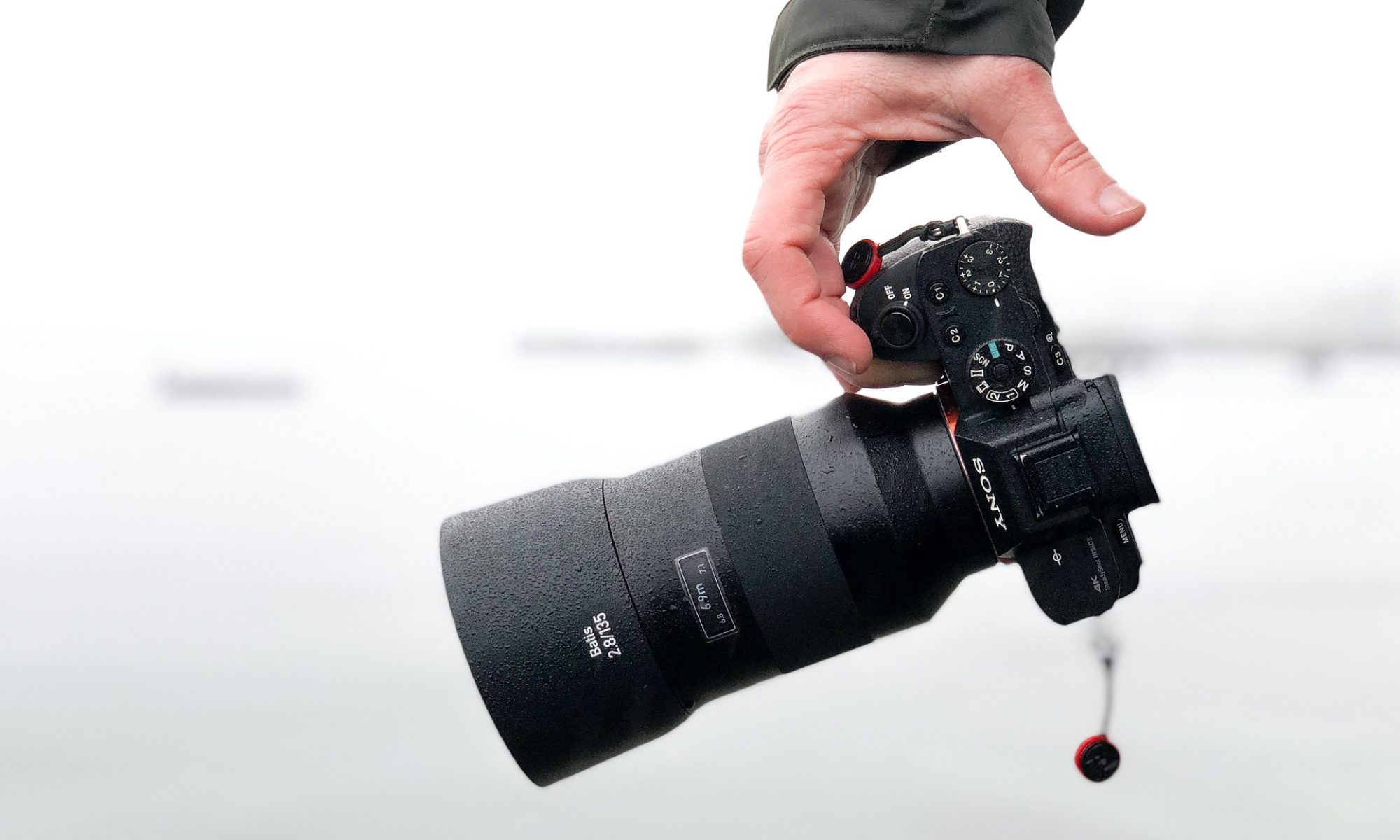Neurofeedback is a safe, drug-free, non-invasive treatment that encourages your brain to develop healthier patterns of activity. It has been shown to be effective in helping you to control symptoms such as anxiety, ADHD, insomnia and other health concerns such as PTSD, tinnitus, headaches and migraines.
The Neurofeedback device allows us to communicate directly with your brain, tracking specific patterns of brain wave activity and providing feedback in the form of a video screen or sounds that you can learn to manipulate. It is based on the principle that your brain has an inherent ability to change and adapt, called neuroplasticity. New technology has enabled the neurofeedback devices to match the speed of your brain’s computing and track its functions in real-time.
During a session, electrodes are attached to your scalp and send signals to a computer which is able to determine what type of brain waves you are manifesting (either beta or alpha). The software then provides you with feedback in the form of visual cues on a video screen (e.g. if you manifest Beta wave activity the screen brightens; if you inhibit your beta waves, the screen dims). Neurofeedback therapy helps to retrain the brain and allow for improved functioning.
In many cases, neurofeedback is combined with psychotherapy. Research has shown that when both psychotherapy and neurofeedback are used, the effectiveness of the treatment is significantly enhanced.
The Drake Institute is proud to provide a range of neurofeedback services. Unlike traditional methods of treating insomnia, which often include medication, the Drake Institute neurofeedback training program increases relaxation, reduces tension and regulates more normal brain wave activity needed for healthy sleep. We also have a program for people who are suffering from ADD/ADHD, traumatic brain injuries (TBIs) and other disorders such as phobias, depression, schizophrenia, headaches, tinnitus, premenstrual syndrome and sleep problems.
It usually takes 30-40 neurofeedback sessions to see significant results. Consistency is important for successful treatment – just like learning to ride a bike or swim, the more you practice neurofeedback, the better and faster you get.
Neurofeedback is a low-risk, safe, noninvasive treatment that can be used alone or in conjunction with other therapies and treatments. It is considered part of the biofeedback family of therapies, along with hypnosis, meditation and breathing exercises.
Neurofeedback therapy can be covered by some insurance companies as an alternative treatment for a variety of conditions. Please contact your insurance company for details on your coverage. If you are interested in undergoing this treatment, you will want to make sure you choose a provider who is trained and certified in this approach. For more information on this topic, visit our article about How to Find a Good Neurofeedback Therapist. In addition, we would suggest reading our blog post on Frequently Asked Questions About Neurofeedback. If you have additional questions, feel free to call our office and speak with one of our therapists. We look forward to hearing from you!
